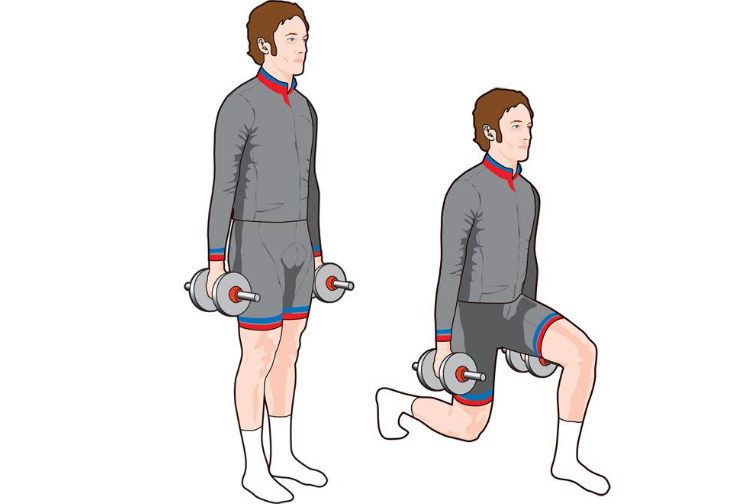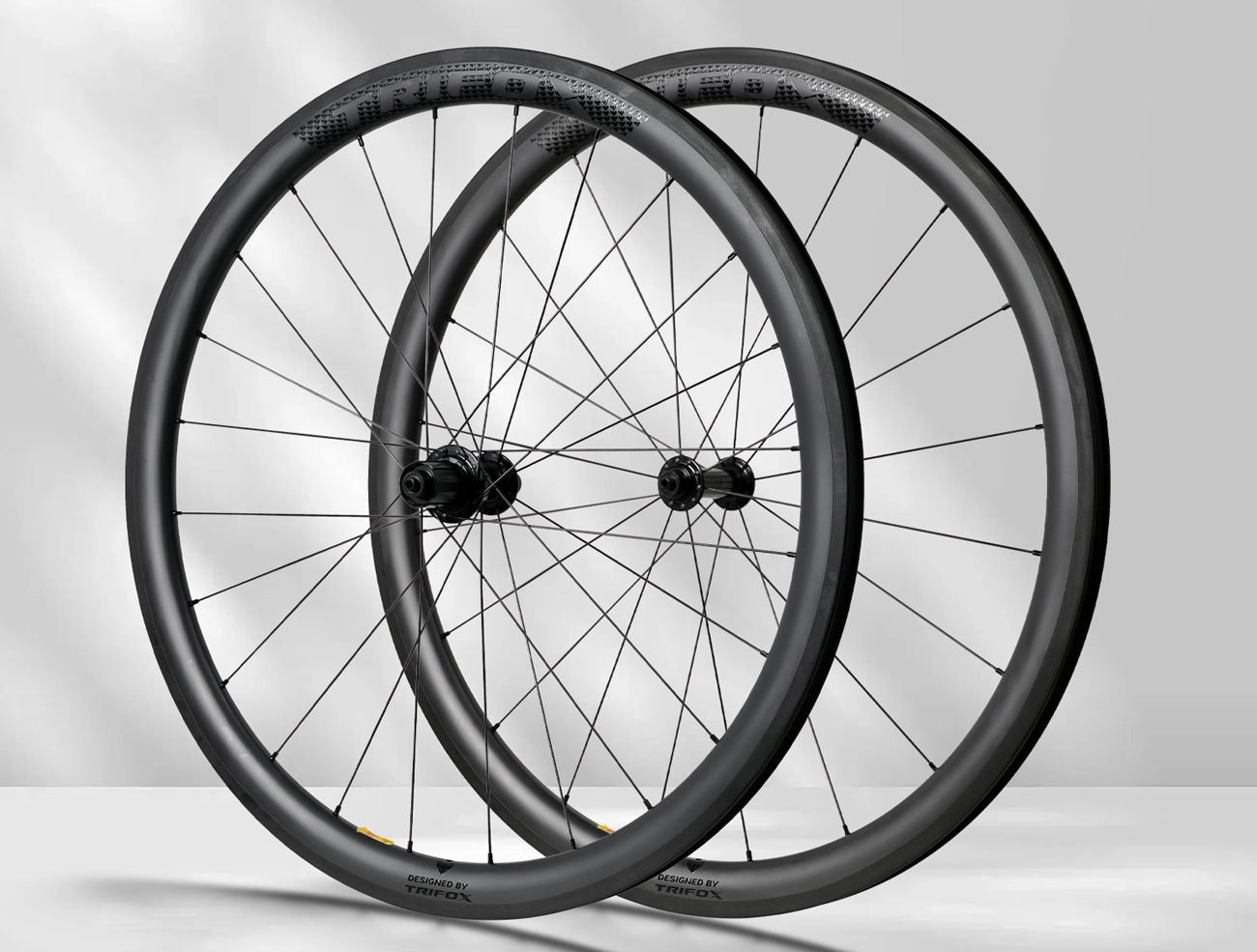A cyclist who wants to succeed must not only make his cycling posture very aerodynamic but also improve his pedaling efficiency. In addition, pedaling symmetry is also something that cyclists need to pay attention to. In addition to affecting our cycling efficiency, pedaling symmetry may also affect our physical health.

Cycling is not a sport with very demanding technical requirements, but this does not mean that cycling technology is not important.
Mastering the correct gear ratio, maintaining an efficient pedaling rhythm, and reducing the physical consumption of cycling are the basic skills that all cyclists who want to ride farther and faster must master. If you want to get good results in the time trial, you have to learn how to make your posture more in line with the requirements of aerodynamics and minimize the resistance to forward. Anyway, although the above is very important, there are some details that we can not ignore, that is the stamping itself.
As far as the essence of pedaling is concerned, the most perfect pedaling is to draw a circle. Through the combination of locking pedals and locking shoes, the trajectory of your muscles and joints has been determined by the height of the seat cushion, the position of the hip joint, and the position of the foot. As long as your cranks are equal in length on both sides, then Your pedaling dynamics are symmetrical.
However, if you look at each stepping from a biomechanical point of view, the truth is not as good as you think. Everyone’s pedaling action on the bicycle is not necessarily completely symmetrical. Simply put, your left leg may use more force than your right leg. This will lead to two results: you may feel tired prematurely during long-distance cycling (in fact, you can ride farther! JAY note), and secondly, different pedaling power output will make your body lose balance, Brings a higher chance of injury.
How unbalanced?
The difference in strength between the left leg and the right leg can be very large in the pedaling special study. In a set of research data, six rigorously trained male athletes used SRM power meters to simulate a 40-kilometer time trial to test the pedaling strength of their left and right legs. The experimental results show that the power on the left and right sides is not balanced, with an average difference of 13%-17%.
In the final stage of the simulated time trial, all the drivers increased their cadence. At this time, the difference between the left and right feet was reduced. However, the dominant foot of each driver still dominates.
Unbalanced power can lead to overuse and increase the chance of injury
In another study of pedaling asymmetry, scientists conducted a biomechanical study of pedaling on 11 professional cyclists who often train for long and long-distance cycling. The average age of these cyclists is 53 years old, they have a wealth of cycling experience (the annual cycling distance is between 4,500 kilometers and 14,000 kilometers), and they think they have very good cycling skills. In addition, they have no continuity before participating in the research. Or realize that they may have a biomechanical asymmetry of the pedaling.
These cyclists carried out an 18-minute ride test on a bicycle equipped with an SRM power meter. At the same time, they used a TACX power meter cycling platform and adjusted it to the best geometry according to the cyclist’s body. In the test, the pedaling force exerted on the left and right cranks of each tester can be recorded corresponding to the power output data. In this way, the pedaling force applied by each tester at each point in the pedaling process can be understood.
Significance of improving pedaling symmetry
The asymmetry of pedaling, apart from the increased risk of injury, the imbalance between the left and right legs will cause the body to feel fatigued prematurely. The stronger leg will compensate for the weaker leg with greater force. Maintaining power output is a less efficient way. In view of this result, it is of great significance for qualified drivers to test their pedaling biomechanics, improve pedaling efficiency and reduce the chance of injury.
How to check the symmetry of leg strength
Don’t “feel” symmetrical and just think it’s a balanced force. The feeling is generally inaccurate. You need accurate measurement and look at the data to analyze whether your left and right output power are balanced and smooth. Use accurate, power meters with left and right output tests, such as SRM, for accurate measurement.
How to improve the symmetry of the legs
If your left and right legs have a very obvious asymmetric pedaling output, then you need to carry out special strength training for the weak side to improve your pedaling symmetry, thereby increasing the pedaling efficiency. Lunge squats and side lunges are both very good methods. Through certain training, the output power difference of the legs is gradually reduced, and the symmetry of the output on both sides can be improved.

Of course, it is also a good method to use a power meter on the cycling platform to perform pedaling force balance training on both sides (the power meter is required to test the output torque of the two legs separately). Your pedaling goal is to minimize the difference in output power between the left and right feet. This, like strength training, can effectively improve your pedaling imbalance.



















































































